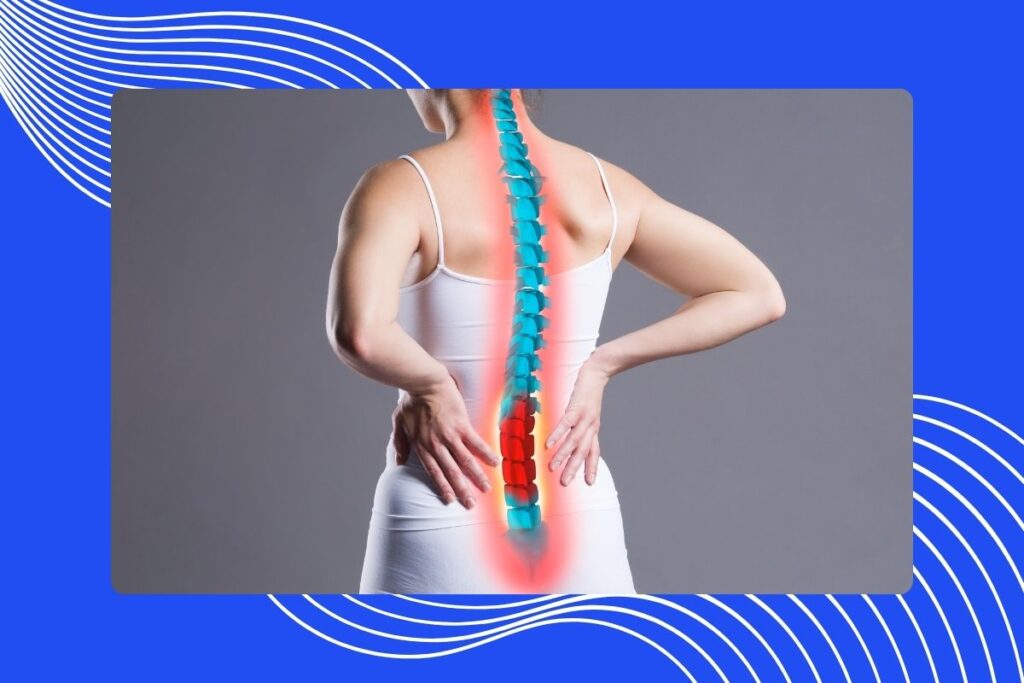Have you ever noticed your pain worsening with changes in the weather? While it might seem like an old wives’ tale, both research and patient reports suggest that weather changes can indeed impact chronic pain. This blog will explore the connection between weather and chronic pain and provide tips on managing symptoms.
Understanding Chronic Pain
Chronic pain is defined as pain that persists for weeks, months, or even years, often continuing beyond the usual recovery period or accompanying a chronic health condition. It is commonly associated with conditions such as arthritis, fibromyalgia, and neuropathy, which can significantly impact a person’s quality of life and make daily activities challenging. According to the CDC, approximately 20.4% of adults in the U.S. experience chronic pain. This widespread issue underscores the importance of understanding how various factors, including weather, can influence pain levels.
Weather Factors That Affect Chronic Pain
Temperature:
- Cold Weather: Cold temperatures can cause muscles and joints to stiffen, leading to increased pain. People with arthritis often report that their symptoms worsen in the cold.
Heat: On the other hand, heat can help relax muscles and alleviate pain. However, extremely hot weather can lead to dehydration and fatigue, which may also exacerbate pain symptoms.
Humidity:
- High Humidity: High humidity levels can increase inflammation and swelling, particularly in the joints. This can lead to more intense pain for individuals with conditions like arthritis.
- Low Humidity: Conversely, low humidity can lead to dry air, which may cause joint stiffness and discomfort, particularly for those with certain chronic pain conditions.
Barometric Pressure:
- Explanation: Barometric pressure is the weight of the atmosphere that surrounds us. Changes in this pressure can affect the body’s tissues.
- Impact: Many people with chronic pain, particularly those with arthritis, report that their pain worsens when barometric pressure drops, such as before a storm. This is believed to be due to changes in joint pressure and fluid movement.
Precipitation:
- Rain: Rain and damp weather can lead to increased pain perception. The drop in barometric pressure and the increase in humidity are thought to contribute to this effect.
- Snow: Snowy conditions can pose additional challenges. Cold temperatures, coupled with the physical demands of snow removal, can exacerbate chronic pain symptoms.
Tips for Managing Weather-Related Pain
Stay Active:
Maintaining regular physical activity is crucial for managing chronic pain. Tailor your exercise routine to the weather, such as indoor exercises during extreme temperatures and outdoor activities when the weather is mild.
Dress Appropriately:
Wearing the right clothing can help mitigate the effects of weather on pain. In cold weather, dress in layers to keep warm, and use moisture-wicking fabrics in humid conditions to stay comfortable.
Home Environment:
Creating a comfortable home environment can make a big difference. Use humidifiers during dry seasons and dehumidifiers during humid seasons. Heating pads and warm baths can also provide relief during cold weather.
Medication and Therapies:
Adjust your medication regimen based on weather predictions with the guidance of your healthcare provider. Additionally, consider alternative therapies like hot baths, acupuncture, or massage to help manage pain during weather changes.
When to Seek Professional Help
Be aware of signs that your pain may be more than just weather-related. Sudden, severe pain, swelling, or changes in mobility warrant immediate medical attention. Pain management specialists offer various treatment options, including medications, physical therapy, and interventional procedures designed to reduce pain and improve function. It’s important to discuss your weather-related pain with a healthcare provider, who can help you develop a personalized plan to manage your symptoms effectively.
Key Takeaways
Weather changes can significantly impact chronic pain, but understanding the connection and implementing strategies to manage symptoms can improve your quality of life. Track your symptoms, discuss them with your doctor, and take proactive steps to minimize weather-related pain. If you’re struggling with chronic pain and need personalized advice, consider making an appointment with a pain management specialist.
FAQs
1. How does weather affect chronic pain?
Weather can influence chronic pain through various factors such as temperature, humidity, barometric pressure, and precipitation. Cold temperatures can cause muscles and joints to stiffen, increasing pain, while heat can relax muscles but may lead to dehydration and fatigue. High humidity levels can increase inflammation and swelling in the joints, and drops in barometric pressure, often associated with storms, can exacerbate joint pain and stiffness.
2. Are certain weather conditions more likely to cause pain flare-ups?
Yes, certain weather conditions are more likely to cause pain flare-ups. Many people with chronic pain report that cold, damp weather and significant changes in barometric pressure can worsen their symptoms
3. What can I do to manage my chronic pain during adverse weather conditions?
To manage chronic pain during adverse weather conditions, stay active with low-impact exercises, dress appropriately for the weather, and maintain a comfortable home environment using humidifiers or heating pads. Additionally, consult your healthcare provider to adjust medications and consider alternative therapies like massage or acupuncture.



